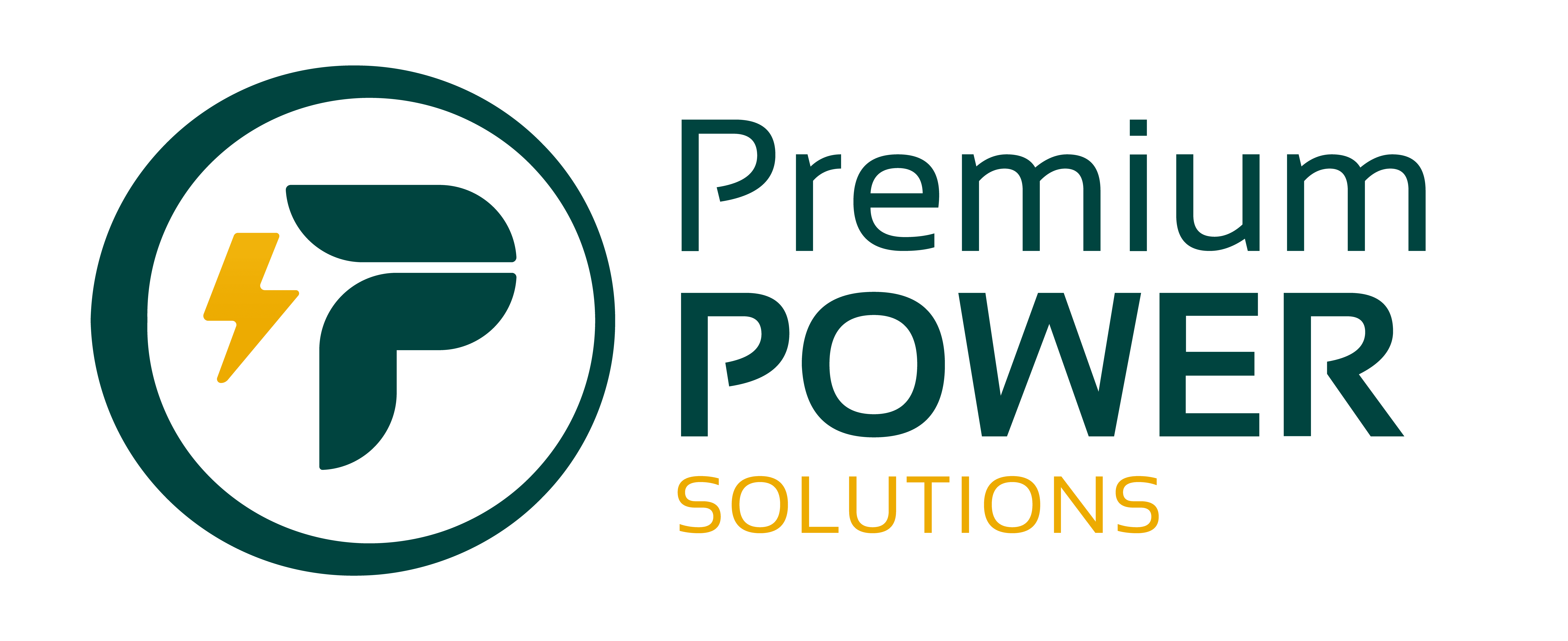In my 9 years of dealing with generators, I have come across hundreds of individuals who approach me with intentions of purchasing a generator and I must say that 50% of the time their conclusions are usually incorrect. A common mistake most intending buyers make is choosing a generator that is disproportionate to the size of their operation. The generator is usually too small or too big for their operation. Today, I will share with you what I share with them…so by all means take this as a guide to proper generator sizing.
1. Make a list and convert KW to KVA:
Make a list of items or appliances that you intend to power and assign wattages to them. The wattage can be found on the identification plate or manufacturers manual of any appliance. If you add all wattage of the appliance or equipment, you will end up with the total wattage which can be further converted to kilowatt (kW). To convert to kW, divide the wattage by 1,000 e.g. if the watt is 2,000, divide it by 1,000 and it will yield 2kW. Kilowatts is the actual power that will be used by the load to produce a useful working output.
Generators are rated in kilo-volt-amperes (kVA). kVA is a measure of apparent power. It basically tells you the total amount of power in use in a generator

Power factor is very important for matching the size of your load to a generator.
So, if the equipment you want to power has a total wattage of 100kW, the minimum size generator that could produce that would be 125kVA. A generator that is rated at 100kVA and has a 0.8 power factor will be too small to power equipment that requires 100kW of actual power.
2. Define your running requirements
Will the generator be the main power source (for events) or a backup generator (for a business or home)
If you’re going to be using the generator as your main power, you’ll need to size for 70-80% capacity. As well as improving performance, leaving a 20-30% safety margin will also allow for future additional load.
3. Identify a credible seller
I am not going to dwell on this too much. Just identify a company who will give credible warranty and be available when you need them.
4. Analyze location conditions and access.
Access to location, ventilation, proper lighting and maneuverability have a big impact on how the generator is delivered, offloaded and its operational efficiencies which can also affect generator sizing. If access to the site is particularly narrow or not accessible vehicles may not be able to get on and off site. If the area is not well ventilated, it will limit operational efficiencies and hinder proper maintenance task from being carried out
5. Contact a professional
I highly recommend that you talk to a certified electrician/ professional before hiring or buying a generator. If you have any further questions, please contact me on ejiro@premiumpower.net
